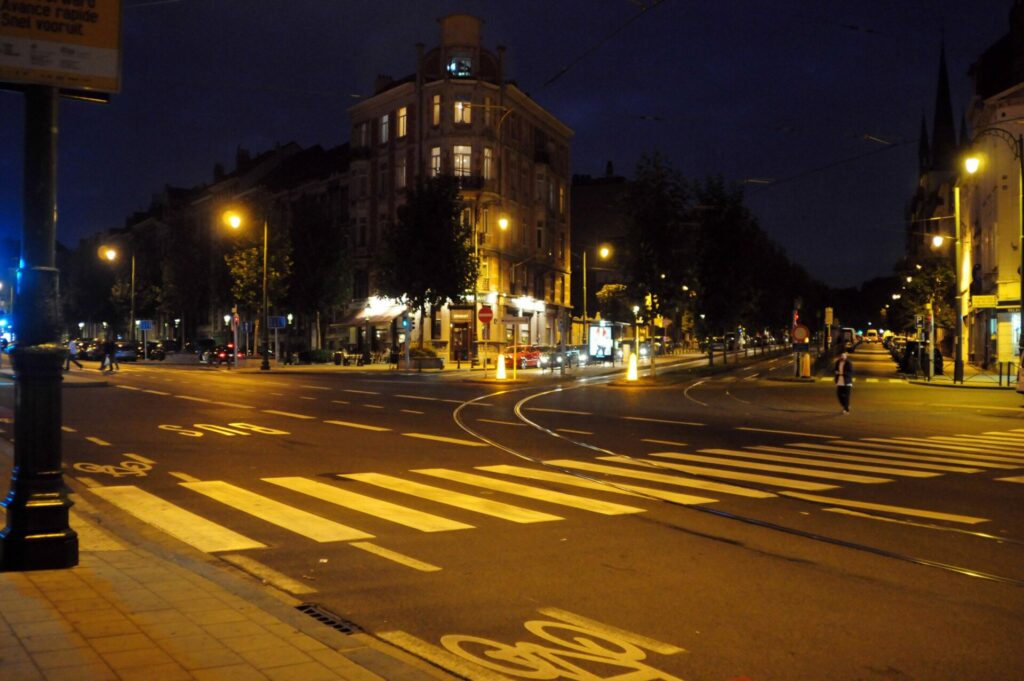Brussels' streets will see more intelligent public lighting as part of a transition towards more durable forms of energy. Last week, the city launched its first 'smart-lighting' cycling path and plans to do more.
The initiative was launched by the municipality in Molenbeek-Saint-Jean in collaboration with Sibelga, and it has not yet been installed, but it is an example of how the region can pave the way toward socially-minded projects that increase the well-being of residents.
In Molenbeek-Saint-Jean, a 'light bubble' will accompany cyclists and pedestrians for a one-kilometre journey. The project will make it possible to reduce the consumption of public lighting in the municipality by 20%, the equivalent of half the annual consumption of a Brussels household.
Related News
- Brussels focuses on video surveillance in move towards a ‘Smart City’
- Brussels and London: Sister cities in sustainability?
- EU Green Deal: Brussels to be climate-neutral by 2030
Introduced over than a year ago, intelligent lighting makes it possible to generate savings in terms of consuming public lighting.
Saving the light
Thanks to precise programming of the lightning, consumption in Brussels should be reduced by 20% by 2035, a reduction of 4,000 tonnes of CO2 emissions - the equivalent of driving around the world 750 times in a year with a diesel car.
Other lighting projects have been implemented. According to Brussels Mobility, 12% of the 25,000 light points on regional roads use lighting with dimming capacities.
At present, the Porte de Hal, Stéphanie, Montgomery, Léopold II and Reyers tunnels use this technology. Replacements for lighting in the Trône, Bailli and Madou tunnels are planned for this year.
Woluwe-Saint-Pierre has pedestrian crossings equipped with presence sensors, although they do not benefit from the light bubble effect. They are activated by contact with users, which can offer a certain amount of energy savings.
In addition to safety and decreasing energy consumption, the lighting ensures less light pollution. The hope is that they will improve the quality of life for Brussels residents, as lights similar to those in Molenbeek will be set up in more districts.

